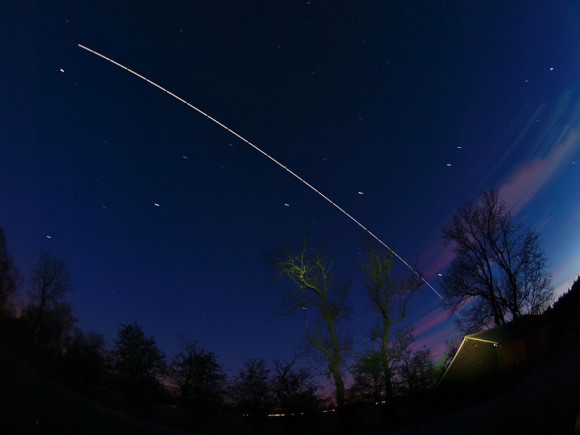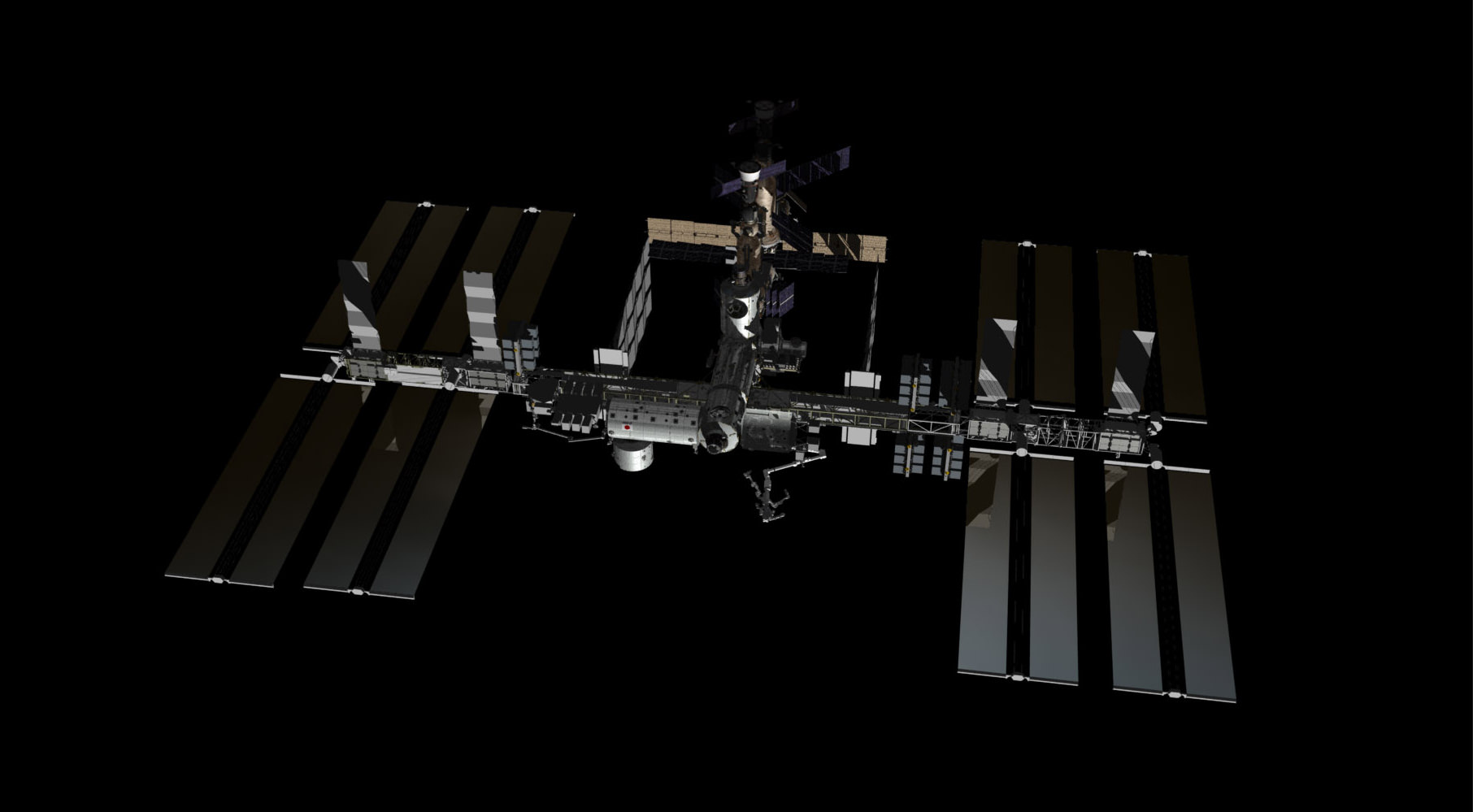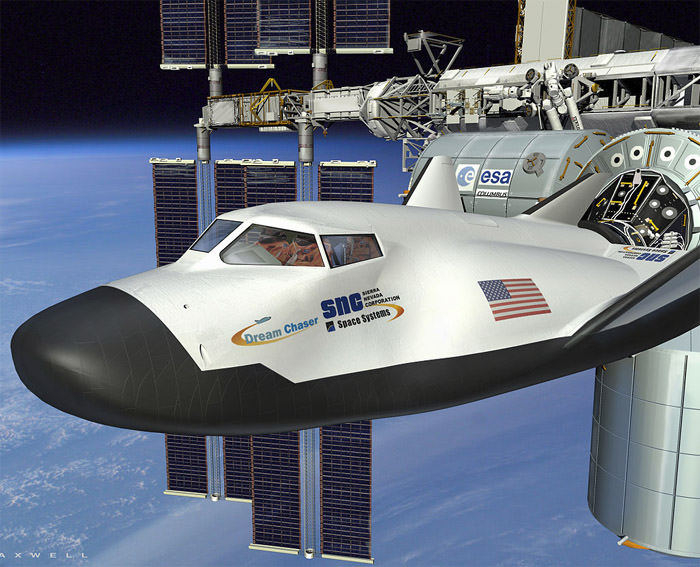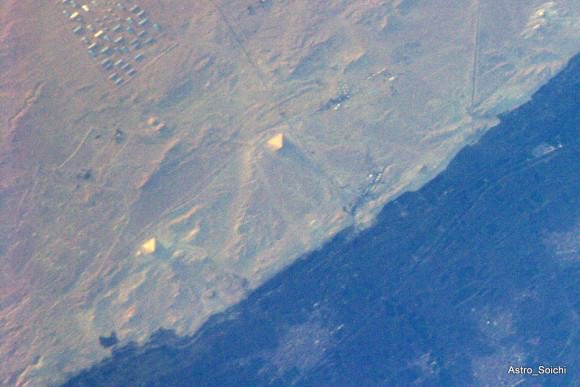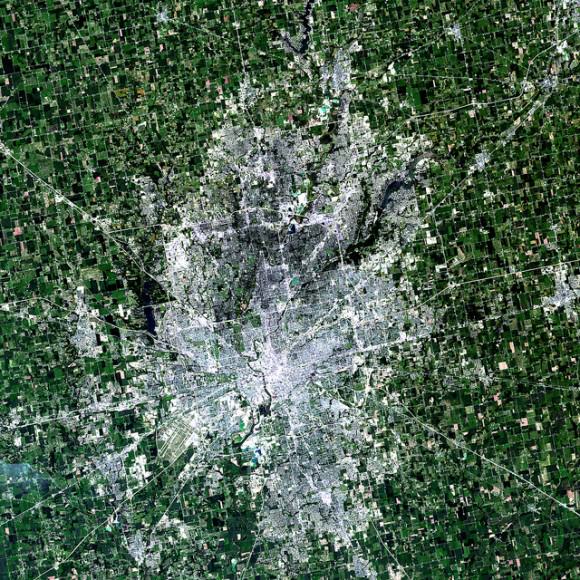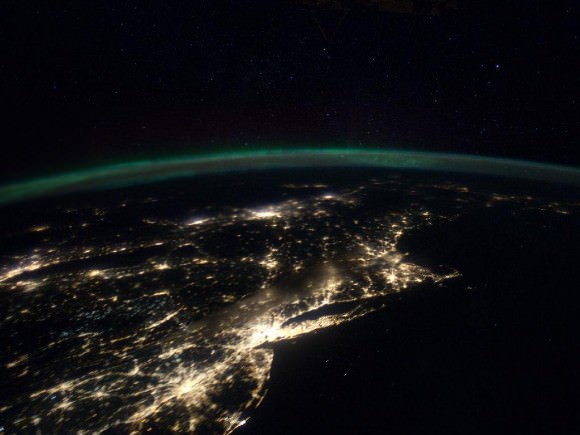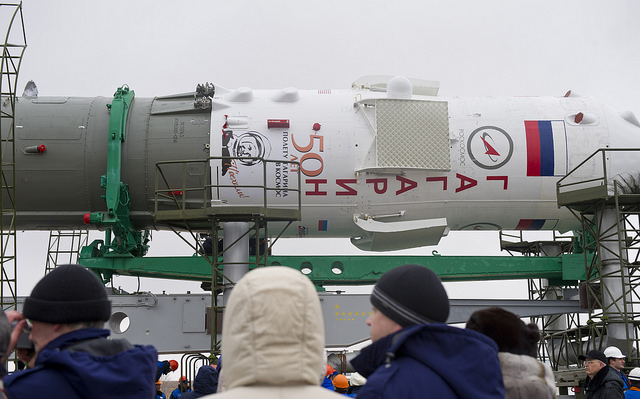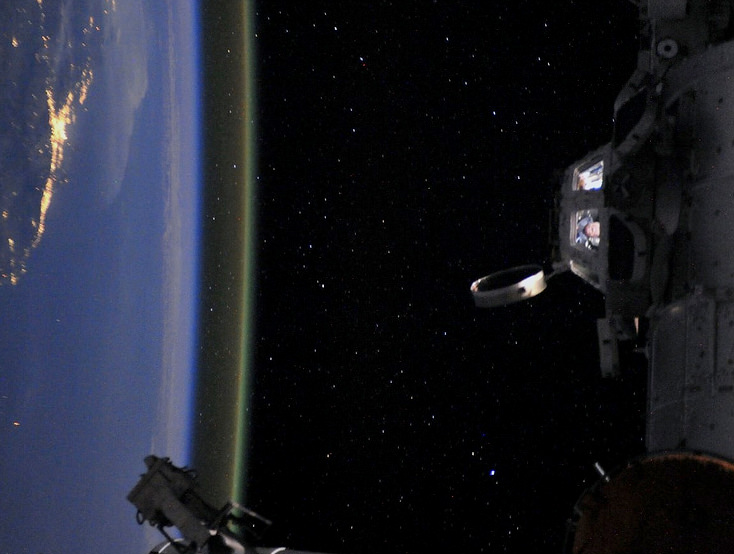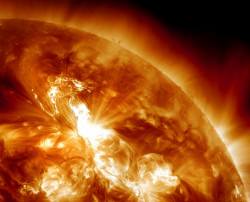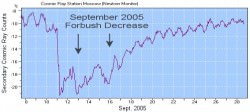[/caption]
Most readers of Universe Today are familiar with the International Space Station or “ISS” as it’s often referred to. But just in case you are visiting our site for the first time, the ISS is a huge space station orbiting Earth that serves as an orbital laboratory, factory, testing ground and home; crew members conduct experiments from biology to astronomy, including experiments for prolonged exposure to life in space for future missions to the Moon and beyond.
The ISS is major accomplishment for NASA (US), ESA (Europe), JAXA (Japan) CSA (Canada) and all the countries involved (16 in all). The space station is just over 72 m long by 108 m wide and 20 m high; it is maintained at an orbital altitude of between 330 km (205 mi) and 410 km (255 mi) and travels at an average speed of 27,724 kilometres (17,227 mi) per hour, completing 15.7 orbits per day.
One of the best things about the ISS is that you can see it with your own eyes from Earth! It’s very easy to watch the International Space Station pass over your own backyard!
All you need to do is understand when the ISS is going to be passing over your location and where to look for it in the sky. You can check this by using an ISS pass predictor app or website such as Heavens-Above.
Once you have found out when the ISS will pass over your location, all you need to do a few minutes before the pass is go outside and start looking in the right direction of the sky.
The International Space Station always passes over starting from a westerly part of the sky, but not always from the same point. It can be low on the horizon for some passes and very high others. Most of the apps or websites will tell you what direction in the sky the pass will start and end and how many degrees above the horizon the starting and ending points are. Also included are the highest altitude the ISS will be. For example, if the maximum elevation is listed as somewhere between 74-90 degrees above the horizon, the ISS will be passing almost straight overhead (Just like you learned in geometry, 90 degrees would be straight up). If you aren’t sure about where to look, a good rule of thumb is that your fist outstretched at arm’s length is 10 degrees. If the ISS will be first be seen 40 degrees above the horizon, look four fist-lengths above the horizon. Check apps and websites for where and what track the ISS will take on each individual pass.
When the station passes over it will travel from a westerly direction, heading in an easterly direction. An average good pass can last about 5 minutes.
The ISS looks like an incredibly bright, fast-moving star and can be mistaken for an aircraft. However, the ISS has no flashing lights and it can be much brighter. It seemingly just glides across the sky.
Short passes can last a few seconds to a few minutes and you can see the international space station slowly move into the Earth’s shadow, good bright passes will show the ISS moving across the sky from horizon to horizon.
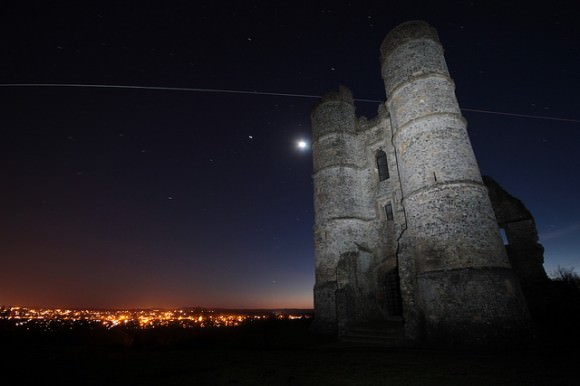
The International Space Station usually takes around 90 minutes to orbit our planet, so if you’re really lucky you can get two, or maybe even three or four passes in an evening or morning.
Not only can you see the ISS in the evening but you can also see it in the mornings as both the ISS and Sun are in the ideal position to illuminate the spacecraft at this time. The light we see from the ISS is reflected sunlight.
You can’t watch the ISS pass over during the middle of the day because in the daytime the sky is too bright (although some people with specialized equipment have seen it) and you cannot see the space station in the middle of the night, as it is in the Earth’s shadow and no light is being reflected from it.
The position that the ISS will be in the sky changes every night. The space station does not take the same track or orbital path for each orbit and this change provides good visible passes roughly every 6 weeks in each location on Earth.
Occasionally if a spacecraft such as a Soyuz crew capsule or a Progress resupply vehicle has been sent to the ISS, you will see objects preceding or trailing the station as it moves across the sky. These can either be very close to the station or the distance between the objects can be measured in minutes. To check if there are any other spacecraft with the international space station during a pass, use the pass prediction app, or the Heaven’s Above Site.
Seeing the ISS is an incredible sight! Just remember there are people on board that fast moving point of light!
Good luck!
